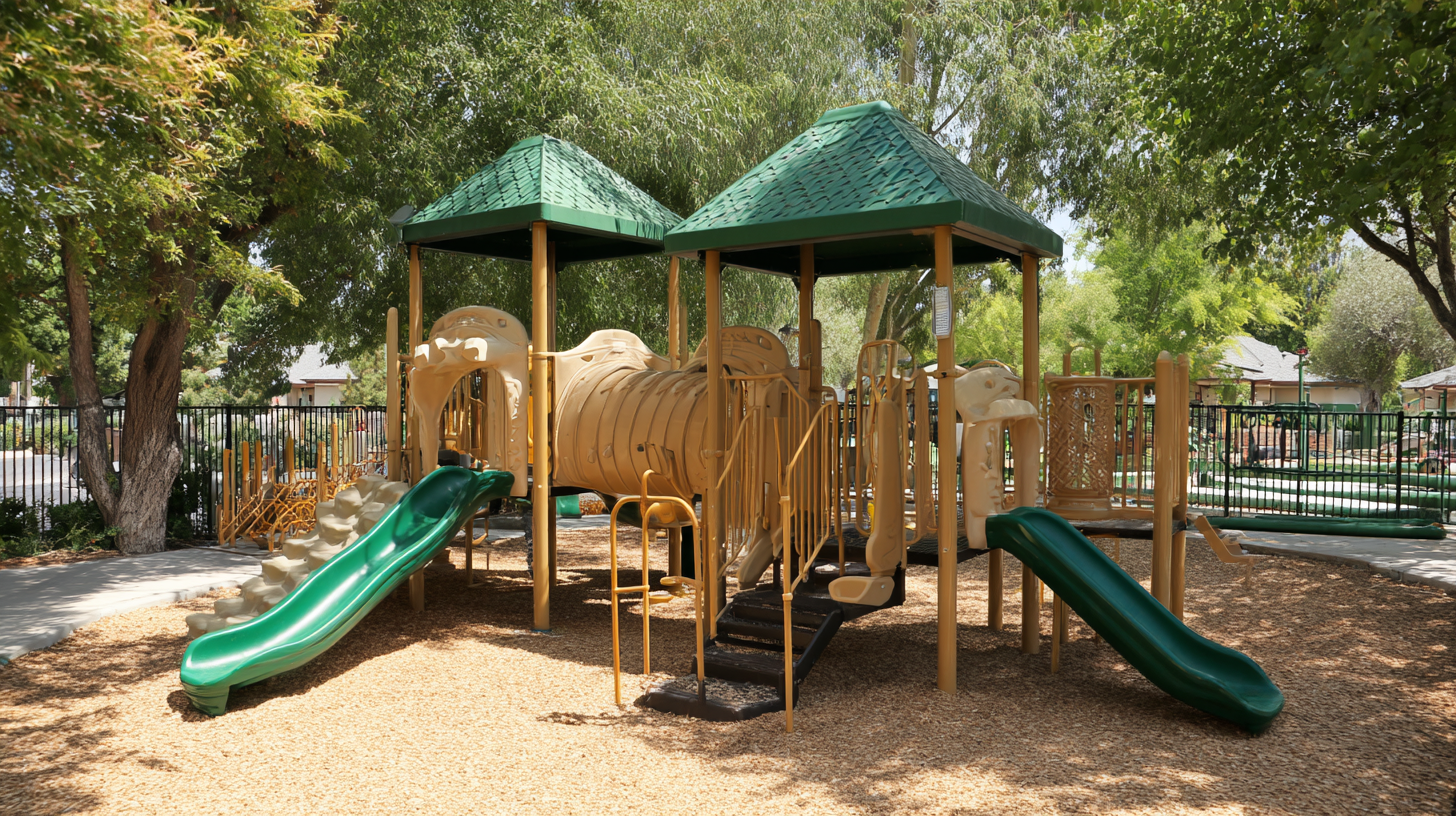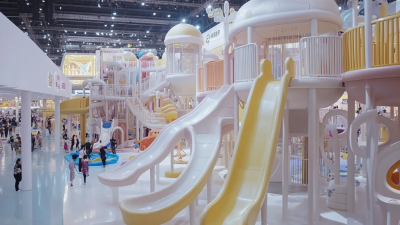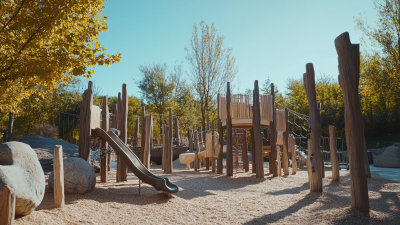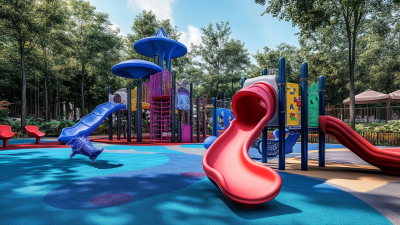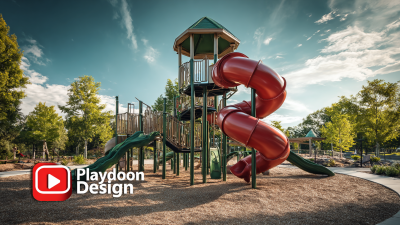
Inquiry
Form loading...
Choosing the perfect commercial playground for your community is a critical task that can significantly influence children's development and social interaction. Recent studies highlight that children aged 2-12 benefit immensely from outdoor play, with nearly 80% of parents believing that structured play is essential for their child’s growth. According to the National Playground Safety Institute, well-designed commercial playgrounds not only promote physical activity but also enhance social skills and emotional well-being.
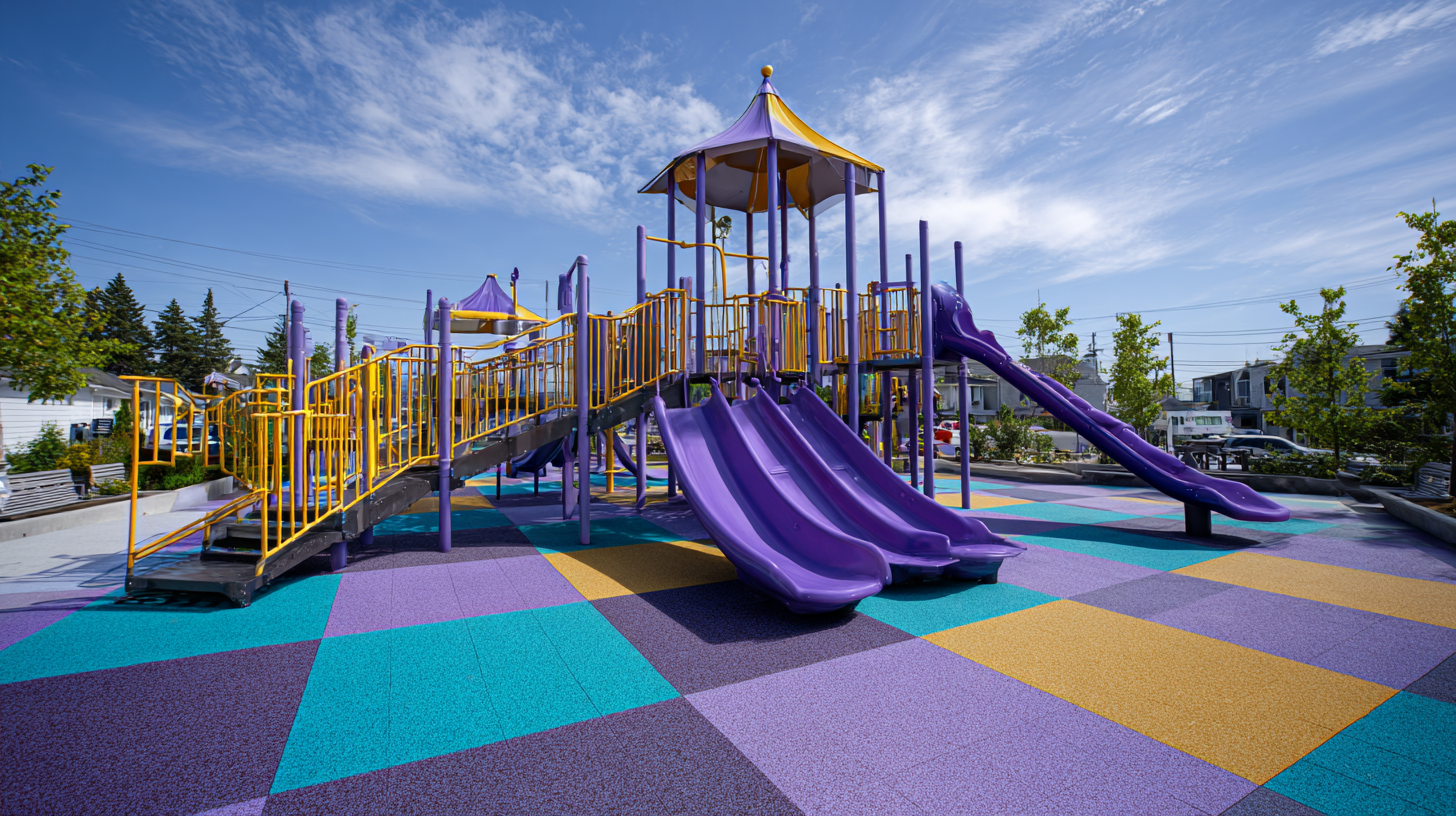
With an estimated 3.5 million children treated for playground-related injuries annually, selecting a safe, engaging, and inclusive playground is paramount. In this ultimate guide, we will explore key factors in choosing the ideal commercial playground, ensuring that it meets the needs of your community while adhering to safety regulations and fostering an environment of joy and learning for children.
Play is a fundamental aspect of childhood development that shapes a child's physical, emotional, and social skills. Understanding community needs involves recognizing how access to quality play spaces can enhance the developmental opportunities for children. Communities with well-designed playgrounds contribute significantly to healthy lifestyles, offering children a space to engage in physical activity, explore their environment, and cultivate social connections. As local leaders and stakeholders consider planning or upgrading commercial playgrounds, it is vital to assess the specific needs and preferences of the community to ensure these spaces are inclusive and reflective of the demographic they serve.
Moreover, the importance of play transcends children; it fosters a sense of community by bringing families together in safe, vibrant settings. The right playground can become a central gathering spot, where friendships are formed and community bonds are strengthened. During the assessment phase, community engagement plays a key role—hold focus groups, surveys, or public discussions to gain insights into what types of amenities and designs are most desired. By prioritizing the community's aspirations, local development initiatives can create lively environments that celebrate play and promote a healthier, happier community for all ages.
When selecting a commercial playground for your community, understanding safety standards is paramount. The Consumer Product Safety Commission (CPSC) and the American Society for Testing and Materials (ASTM) provide essential guidelines that ensure equipment is safe for children. For instance, the CPSC Handbook for Public Playground Safety outlines requirements for equipment spacing, surface materials, and maintenance protocols. According to a report by the National Safety Council, improper installation and maintenance of playgrounds contribute to over 200,000 injuries annually in the U.S. alone, underscoring the importance of compliance with these safety standards.
Moreover, adherence to ASTM F1487, the standard guide for playground equipment safety, plays a crucial role in risk mitigation. This standard includes guidelines for impact attenuation, specifying that playground surfaces should reduce the risk of head injuries by absorbing energy from falls. Choosing equipment that meets these standards can significantly decrease the likelihood of accidents. In fact, a study published in the "Journal of Safety Research" revealed that compliant playgrounds saw a 30% reduction in injury rates compared to non-compliant facilities. Thus, investing in compliance not only elevates safety but also enhances the enjoyment and peace of mind for children and parents alike.
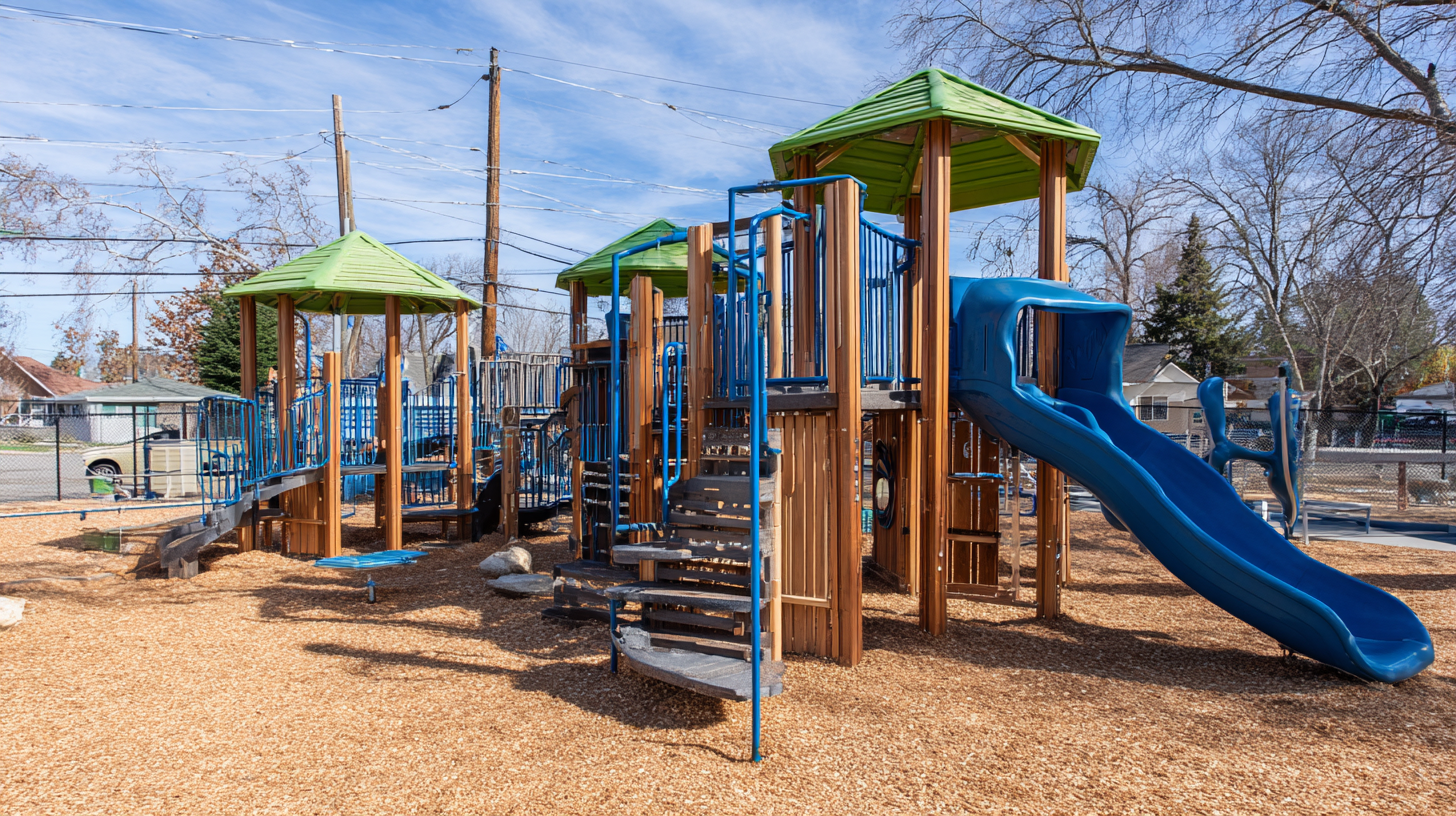
When choosing a commercial playground for your community, selecting durable materials is crucial for ensuring longevity and ease of maintenance. The right materials not only enhance the safety of the playground but also significantly reduce long-term upkeep costs. When evaluating playground equipment, consider materials such as galvanized steel and high-density polyethylene, which resist rust, fading, and corrosion over time. Opting for UV-stabilized components can also ensure that colors remain vibrant despite years of exposure to sunlight.
Tip: Always inquire about the warranty offered by equipment manufacturers. A longer warranty often indicates higher quality materials and construction, providing peace of mind and a safety net for your investment.
Beyond material selection, proper installation and anchoring play vital roles in maintaining the integrity of the equipment. Frequent inspections and maintenance routines can help identify wear and tear early on, keeping the playground safe and enjoyable.
Tip: Establish a regular maintenance schedule that includes checking for loose bolts, inspecting surfaces for damage, and cleaning equipment to prevent deterioration. This proactive approach can extend the lifespan of your playground, minimizing potential repair costs down the line.
| Material Type | Estimated Lifespan (Years) | Maintenance Frequency | Cost (per unit) | Safety Ratings |
|---|---|---|---|---|
| Metal | 15-20 | Annually | $5,000 | ASTM F1487 |
| Wood | 10-15 | Bi-Annually | $3,000 | ASTM F1487 |
| Plastic | 15-25 | Every 2 years | $4,000 | ASTM F1487 |
| Composite | 20-30 | Every 3 years | $6,000 | ASTM F1487 |
| Rubber | 15-20 | Annually | $2,500 | ASTM F1487 |
Incorporating inclusive design into commercial playgrounds is essential for fostering an environment where all children can play together.
According to the National Center on Accessibility, approximately 1 in 6 children in the United States has a disability, and this statistic highlights the urgent need for playgrounds that accommodate diverse abilities.
When designing these spaces, it is crucial to integrate features that cater to children with varying physical and cognitive needs, allowing them to engage fully in play activities.
One effective strategy is to include ramps, tactile play elements, and adaptive swings that can be used by children in wheelchairs or with other mobility challenges.
The U.S. Access Board emphasizes that inclusive playgrounds not only provide access but also enhance social interactions among children, promoting a sense of belonging and community.
Additionally, research conducted by the Playground Safety Institute suggests that well-designed inclusive playgrounds can increase physical activity levels among all children, contributing positively to their health and development.
By prioritizing accessibility in our community playgrounds, we create spaces where every child can thrive and enjoy the benefits of play.
When it comes to selecting a commercial playground for your community, budgeting wisely is paramount. While it’s tempting to cut costs, investing in high-quality playground equipment can lead to long-term savings through reduced maintenance and increased safety. Prioritizing quality ensures that the playground withstands the test of time and serves as an enjoyable space for children for years to come.
Tip 1: Start by determining a realistic budget that takes into account not just the initial purchase but also installation and ongoing maintenance costs. A comprehensive budget can help avoid overspending and ensure sufficient funds are allocated for the best options available.
Tip 2: Consider seeking grants or community funding to boost your budget without compromising on quality. Many organizations offer financial assistance for community development projects, which can help secure the playground of your dreams while keeping expenses manageable.
By thoughtfully balancing quality and affordability, you can create a vibrant playground that benefits your entire community. Investing in the right equipment now pays off in the form of happier, safer play environments for future generations.
